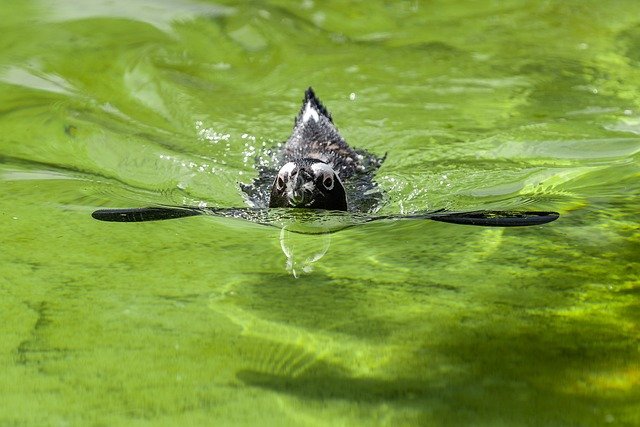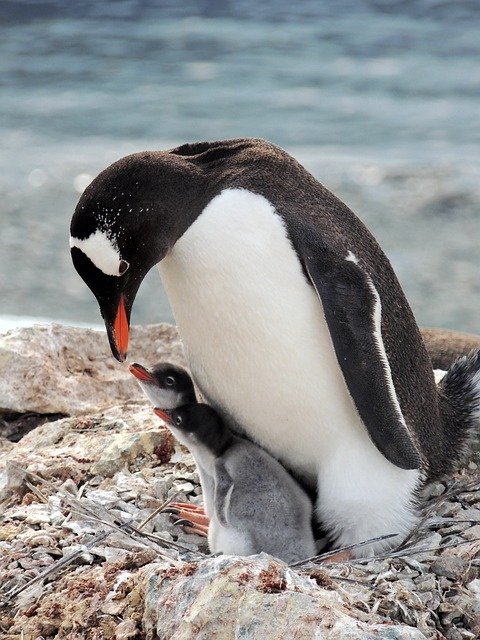
The Social Dynamics of Penguin Colonies: A Deep Dive into Their Collaborative Behaviors
Penguins are often seen waddling in their characteristic tuxedo-like plumage, but beneath this charming exterior lies a complex social structure that is essential for their survival. This post explores the intricate social dynamics of penguin colonies, highlighting their collaborative behaviors, communication methods, and the role of social bonds in their daily lives.
The Importance of Social Structure
Penguin colonies, or rookeries, can range in size from a few dozen to several thousand individuals. The social structure within these colonies is crucial for various reasons:
Protection from Predators: Living in large groups provides safety in numbers. Penguins can alert each other to potential threats, allowing them to respond quickly to predators such as seals and birds of prey.
Thermoregulation: In harsh, cold environments, penguins huddle together to conserve heat. This behavior not only helps them survive frigid temperatures but also strengthens social bonds within the colony.
Resource Sharing: Collaborative foraging is vital for penguins. By working together, they can locate food sources more efficiently, ensuring that all members of the colony have access to necessary resources.
Communication and Social Interactions
Penguins are highly social animals, and their communication skills are impressive. They utilize a range of vocalizations, body language, and visual displays to interact with one another. Key aspects of their communication include:
Vocal Calls: Each species of penguin has distinct calls, and individual penguins can recognize the calls of their mates and chicks. This ability is crucial during breeding season when parents must find each other among thousands of individuals.
Body Language: Penguins use various postures and movements to convey messages. For example, a penguin may bow or flap its wings to assert dominance or attract a mate.
Social Grooming: This behavior not only helps maintain plumage but also reinforces social bonds. Penguins often engage in mutual preening, which fosters trust and cooperation within the colony.
Collaborative Breeding and Parenting
Penguins exhibit fascinating collaborative behaviors during the breeding season. Many species engage in communal breeding, where multiple pairs nest close together. This arrangement offers several advantages:
Shared Responsibilities: In some species, such as the Emperor Penguin, males take on the responsibility of incubating eggs while females forage for food. This division of labor allows both parents to contribute to the survival of their offspring.
Chick Rearing: In some colonies, adults may adopt chicks that are not their own, a behavior known as "commensal care." This increases the chances of survival for orphaned chicks and strengthens social ties within the group.
Vigilance Against Predators: While some penguins are caring for their young, others can remain vigilant against predators, ensuring a safer environment for the entire colony.
Conclusion
The social dynamics of penguin colonies are a testament to the complexity of animal behavior and the importance of collaboration in the natural world. From their intricate communication methods to their cooperative breeding practices, penguins exemplify how social structures can enhance survival and foster strong community bonds.
As researchers continue to study these fascinating birds, we gain deeper insights into the behaviors that define their colonies and the lessons they can teach us about cooperation and community in our own lives.
Feel free to share your thoughts or questions about penguin social dynamics in the comments below! 🐧
